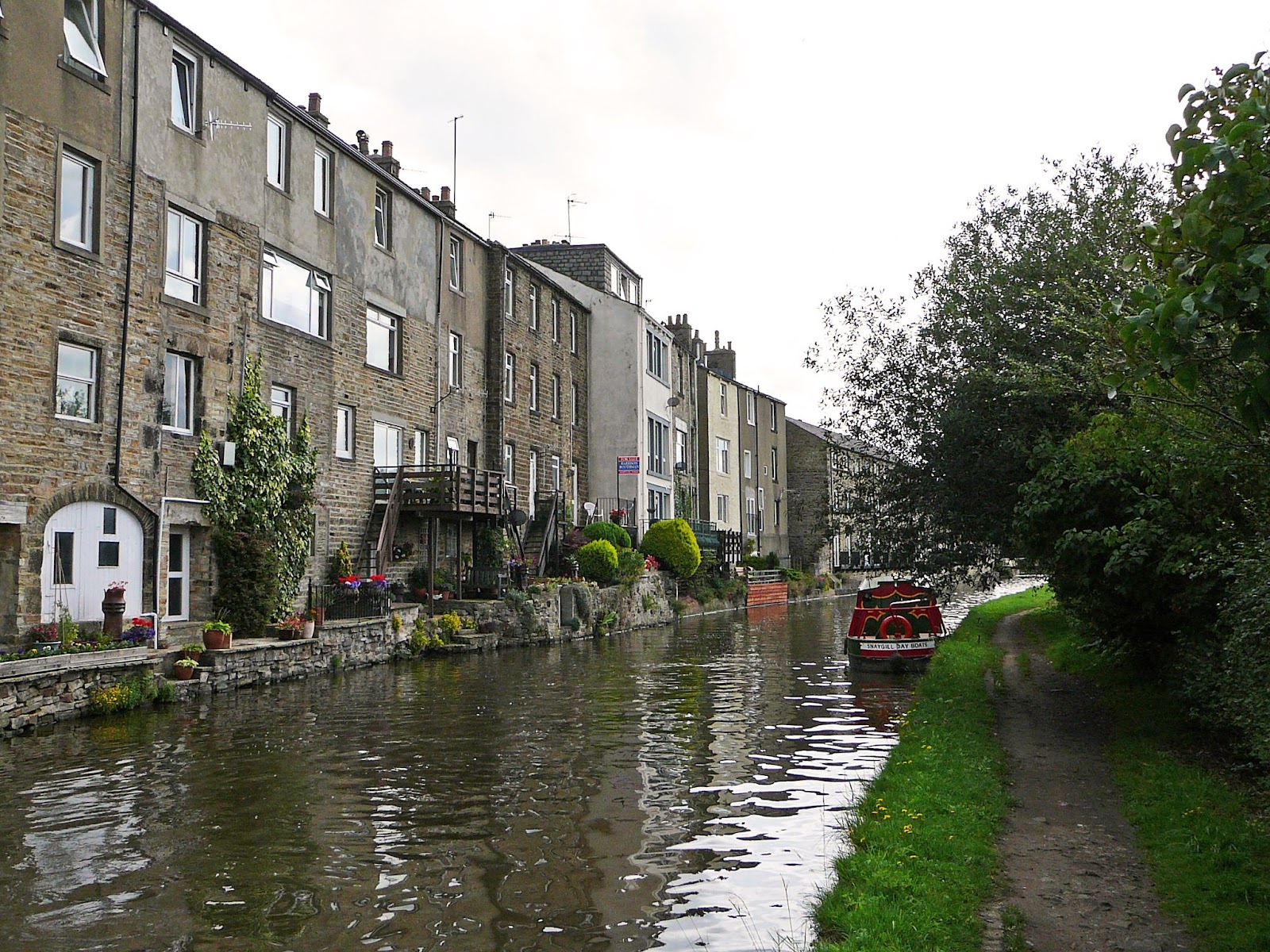
In this series of articles, WorldGBC’s Director of the Europe Regional Network, Stephen Richardson, speaks to the eight pilot cities involved in BUILD UPON2 – the world’s largest collaborative project on building renovation.
BUILD UPON2’s new Framework
Each city is working with its national Green Building Council in the development and testing of a ground-breaking new Framework. This Framework allows municipalities to measure and quantify the impacts and benefits of building renovation — encompassing social, economic and environmental benefits. By capturing this crucial local data, cities can identify renovation best practice, which can then be scaled up and inform national policy decisions. The project is expanding, too, with a further 24 cities joining BUILD UPON2 in 2021.
This municipal approach is key to delivering the European Commission’s Renovation Wave, a programme that aims to renovate 35 million of the bloc’s buildings by 2030, as well as achieving the EU Green Deal’s vision of a climate-neutral Europe by 2050.
For this third instalment on the city of Leeds, Stephen Richardson spoke to George Munson, who is Energy and Climate Change Manager at Leeds City Council, who has been working with the UK Green Building Council to implement the Framework in the city.

This blog explores how Leeds is gearing up to implement the BUILD UPON2 Framework, including:
- The city’s progress with renovating council homes
- Collecting health and wellbeing data
- Back-to-back terraces and Leeds’ historic social housing
- How the Framework can feed into Leeds’ Low Carbon Housing Strategy
Leeds and Renovation
Leeds City Council is the UK’s second largest local authority, covering a population of nearly 800,000 people, who live in around 340,000 homes. Of these the Council owns 54,000, 20,000 are socially rented, with a similar number privately rented and the remaining properties are owner occupied.
Leeds has delivered energy efficiency improvements to housing in the city for many years, previously offering cavity wall and loft refurbishments. In the past eight to ten years, the Council has been focussing on external wall insulation, targeting its own council home stock as a catalyst for renovation work which can then be extended to other types of housing in the same area, paid for with a mixture of external funding and means-tested owner contributions.

However, there is still some way to go to bring the city’s housing to the level that is likely to be necessary under future targets – the UK government’s ‘aspirational’ goal is for all housing to be at least Energy Performance Certificate (EPC) C-rated or better by 2035. In Leeds, just 28% of the housing stock would comply with this at present.
The council is now gearing up to implement the BUILD UPON2 Framework to track the impact of its renovation work, and the reasoning for using it in Leeds was clear, says George Munson, who is Energy and Climate Change Manager at the City Council:
“We’ve been friends with the UKGBC for a good number of years. We’d identified a need to create a better evidence base around what our investments achieve, in order to then build better business cases to attract additional funding to do the work. That was really the motivation to get involved with BUILD UPON2. To help us with better monitoring of what the outcomes are for the work that we’re doing.”
The work that Leeds City Council will be carrying out with the help of the BUILD UPON2 Framework centres on back-to-back terraces, an unusual and at one time controversial form of housing.
Back to Back Houses

Back-to-back houses are singularly common in Leeds. So called because they are double fronted houses that share party walls on three out of four sides, they were constructed primarily in factory towns such as Leeds and Manchester from the time of the Industrial Revolution in the late 18th century.
Back-to-backs were designed to be built as cheaply as possible for working-class families who were congregating in these areas at this time. As a result, they were built with little consideration of structural quality or the health, comfort or insulation of inhabitants.
Due to their layout, ventilation and natural light was often scarce in back-to-back housing and it developed a reputation in the 19th century for the spread of illnesses. This culminated in the Public Act Health Act of 1875, which led to back-to-backs being banned in much of Britain. Leeds City Council was an outlier in this sense, however, and they continued to be constructed there into the 1930s.
As a result, while in Birmingham and Liverpool a few back-to-backs are preserved in museums and as National Trust exhibits, they remain widespread in Leeds, explains Munson. “There are 20,000 back-to-backs in Leeds, which are occupied,” he says. “They’re unique homes in that they are incredibly dense, typically in very deprived areas, often with underinvestment in just keeping the roofs from leaking and the walls intact, it’s a real challenge in terms of regeneration work.”
Social and Economic Benefits
That said, despite the poor original quality of many of the back-to-back houses, with extensive renovation work, such as external wall and roof insulation and replacement windows and doors if necessary, the Council has seen Energy Performance Certificates rise from F to B in some cases. Munson says that this level of energy efficiency improvement can save a resident in the region of £350-£450 per year – a considerable amount of money which could significantly improve livelihoods.

“It’s amazing what happens in a house if you put in a reasonable amount of good insulation,” adds Munson, emphasising the additional comfort benefits of renovation which the BU2 Framework also encourages local authorities to track. He says: “I was in one property that was a through terrace with an attic room, which we reroofed and put a multi-layer membrane on the roof. It transformed the room from being a really noisy, windy, cold, hot room to one that was just lovely and very peaceful.”
Using the BUILD UPON2 Framework, Leeds wants to track the impact of renovation on fuel bills, as tackling fuel poverty is a key consideration at the local and national levels. The UK government has committed to improving as many fuel-poor homes as is ‘reasonably practicable’ to a minimum of EPC C by the end of 2030.
Other social and economic benefits of renovation are also crucial for Leeds to quantify, says Munson: “At the moment, the government is massively motivated by jobs. The number of jobs that a typical retrofit project generates and secures both on site and in the wider supply chain is a really important thing to answer at the moment.”
Leeds is looking to measure the impact of renovation on residents’ health and wellbeing, too, by collecting evidence for reductions in ill health. This requires more of a qualitative approach to data reporting, adds Munson: ”We either approach people who report having ill health and then ask them whether they’ve had more or fewer issues after the work, or if we’re working in a specific area, we ask the local general practice doctors whether they’ve noticed any kind of measurable change in presentation to their practices.”
Scaling up
Leeds City Council is just beginning using the BUILD UPON2 Framework in a district of the city called Holbeck. The area benefitted from a regeneration scheme in 2018 when many back-to-backs were renovated by the council, and now in the coming months through to March 2022 another 120 properties are to be renovated with external wall insulation, funded by the UK housing department. “That’s just a perfect opportunity to trial how we gather the data for the framework,” says Munson.
The next project where Leeds will trial the Framework will also involve back-to-back renovation, this time on a larger scale, with the retrofit of 750 homes under a project financed by the European Regional Development Fund (ERDF). This scheme will run from September 2021 for around a year and a half. The Council and UKGBC have benefitted from Leeds’ working relationship with the city’s two universities. Leeds Beckett University in particular has helped develop the data collection strategy being implemented on both the Holbeck scheme and the back-to-back scheme.
Looking beyond the scope of these projects, Munson says that data collected using BUILD UPON2 Framework indicators could feed into work that Leeds is doing with Parity Projects, funded by the Department for Business, Energy and Industrial Strategy (BEIS). The scheme has developed a tool that allows the input of EPC data for a city or area, which is then processed towards different emissions reduction targets. Leeds is using this tool to build its Low Carbon Housing Strategy, a key element of its target to become a carbon neutral city by 2030.
“I think the main benefits [of the Framework] are having data sets which will then be comparable with other projects being delivered across the UK and across Europe. In this way you get this external analysis of what works in terms of gathering information,” concludes Munson.
Stephen Richardson is Director of Europe at the WorldGBC.
If you would like to get involved in BUILD UPON2 or to find out more about the project, see the webpage here, or contact your local Green Building Council.


